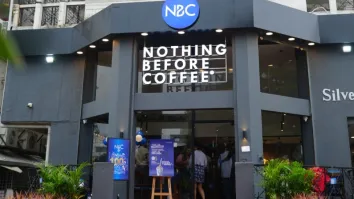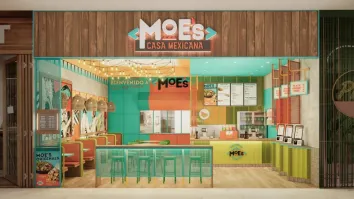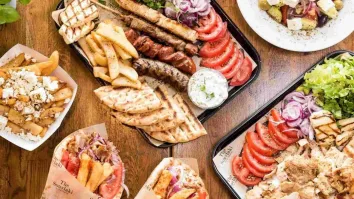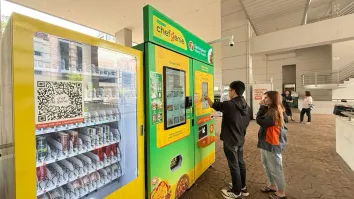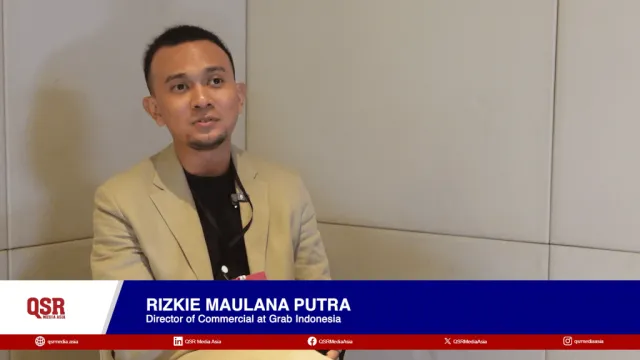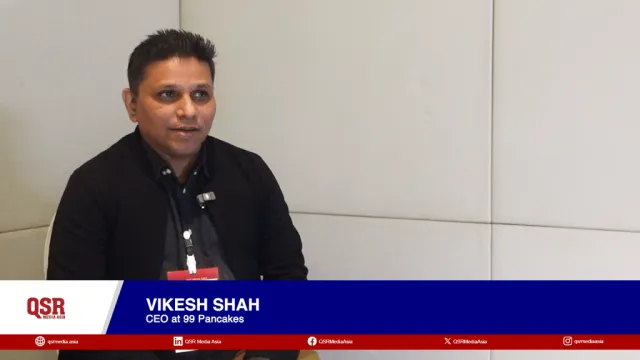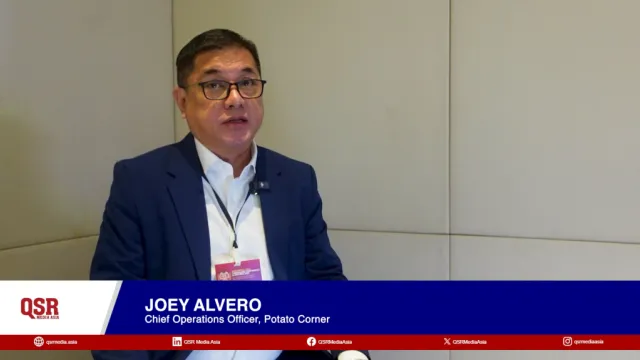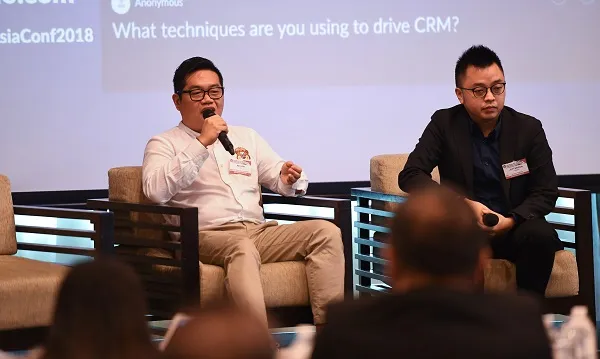
Word-of-mouth marketing thrives amidst digital saturation
Online communities drive sales and increase footfalls for QSRs.
The definition of digital marketing centres on engagement, shared, and social media – but according to A&W Restaurants’ director of marketing Kelvin Tan who spoke at the QSR Media Asia Detpak Conference and Awards in Singapore, it does not necessarily equate to those things.
“To give you an example, there has been a leak of news that A&W Restaurants is coming back to Singapore. We did not spend a single money. We've only created an environment where the fans themselves spread the news for us. We don't have to spend a single cent. Digital marketing is not solely about the number of likes or the amount of social media presence. Digital marketing is creating the environment for consumers to do the marketing for us, but we somehow facilitate it and provide conversations that will lead to that,” A&W Restaurants’ director of marketing Kelvin Tan said.
Digital marketing employs a lot of personal interactions which include engaging influencers and bloggers. Whilst they definitely create brand awareness, they don’t necessarily bring new customers for the brand.
Bonchon Singapore’s managing director Jefferson Tandanu said, “We have plenty of micro-influencers. They actually do more for the brand than those bloggers who have more followers.”
Tan shared that in Indonesia, bloggers are becoming more commercially-driven. “They are being paid to say something good about a brand. Some bloggers are not even your fans. If there is a blogger who is genuinely a fan, they will write even if you don't pay them. But if you pay your aggregator or a third party agency to write that particular blog for you, it somehow doesn't come out real. To me, this does more damage than having a real blogger who actually blogs about you.”
Challenges in the market
Meanwhile, Tan recognised that there's so much resources needed to understand the nature and behavior of the consumers. For A&W, they concentrate their spend on traditional marketing, but they also work with agencies, with people who have the numbers, and with aggregators and delivery companies who actually have massive data.
“We work with them to drive promotions and sales. We work with partners who actually have the ability and resources. What we concentrate on is allotting more money on traditional marketing to bring people back to the store, because that's where the majority of sales are – on-premise. For a small player like us, the issue is resources. Are we going to invest so much money behind a business and risk affecting the margins? In my opinion, it's better to partner with people who are strong in the field until to the point that we are good to do it,” he added.
“Partnering is one set of the pitcher. Another one is to instill focus in the cost and I believe that ultimately, operators still need to maintain good food qualities and good service.”
Also, doubling or tripling the digital span doesn’t guarantee a revenue surge for many medium and small-sized enterprises.
A&W Restaurants’ Kelvin Tan said, “For many medium and small-sized enterprise, spending on digital is a must – but it doesn't necessarily bring you more sales. In fact, we're spending so much on that one elusive consumer that we forget that it's all about mass marketing in QSR.”
Echoing the answer of Tan, Bonchon Singapore’s Tandanu said, “We spent a lot in digital marketing in a span of one year but we don't really see improvements on our revenue. I don't think there is much change in putting more money in digital marketing.”
Back to the basics
Tandanu said that if Bonchon has a limited budget, they’d go back to the traditional way of marketing.
“For traditional marketing, what works best now is the advertising spaces within the shopping centres. Those people that come to shopping centres are yet to decide where they want to eat. I believe that these advertising spaces would drive the food traffic to outlets.”
Unfortunately for A&W Restaurants, there is no right model. “Different countries have different priorities and different sizes of the franchisees that we operate also means different resources for each. For some, it could be mobile and for some it could be television. It depends on size, the resources you have, and how you're going to bring that customers to store.”
Tan said that the system is a little bit of a trial and error. “You start with 10 or you start with 20. Then you see how much incremented growth that's driving. If it doesn't drive the amount of incremented growth, you start moving to the different media channels, and you try different mediums and then, you try different percentages. It's not a one year project. It's literally a five year project – ten year project – in which you study the patterns of sales traffic and how it all links up to your spend.”


